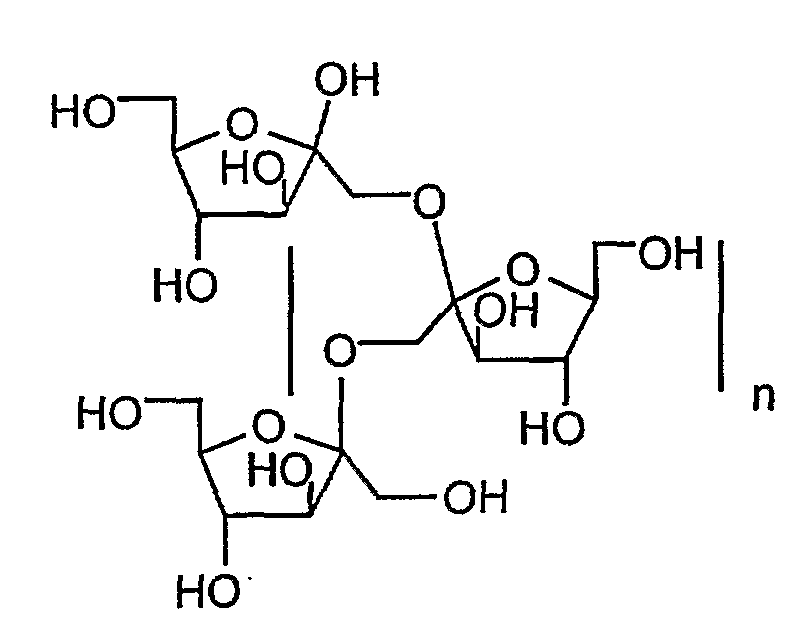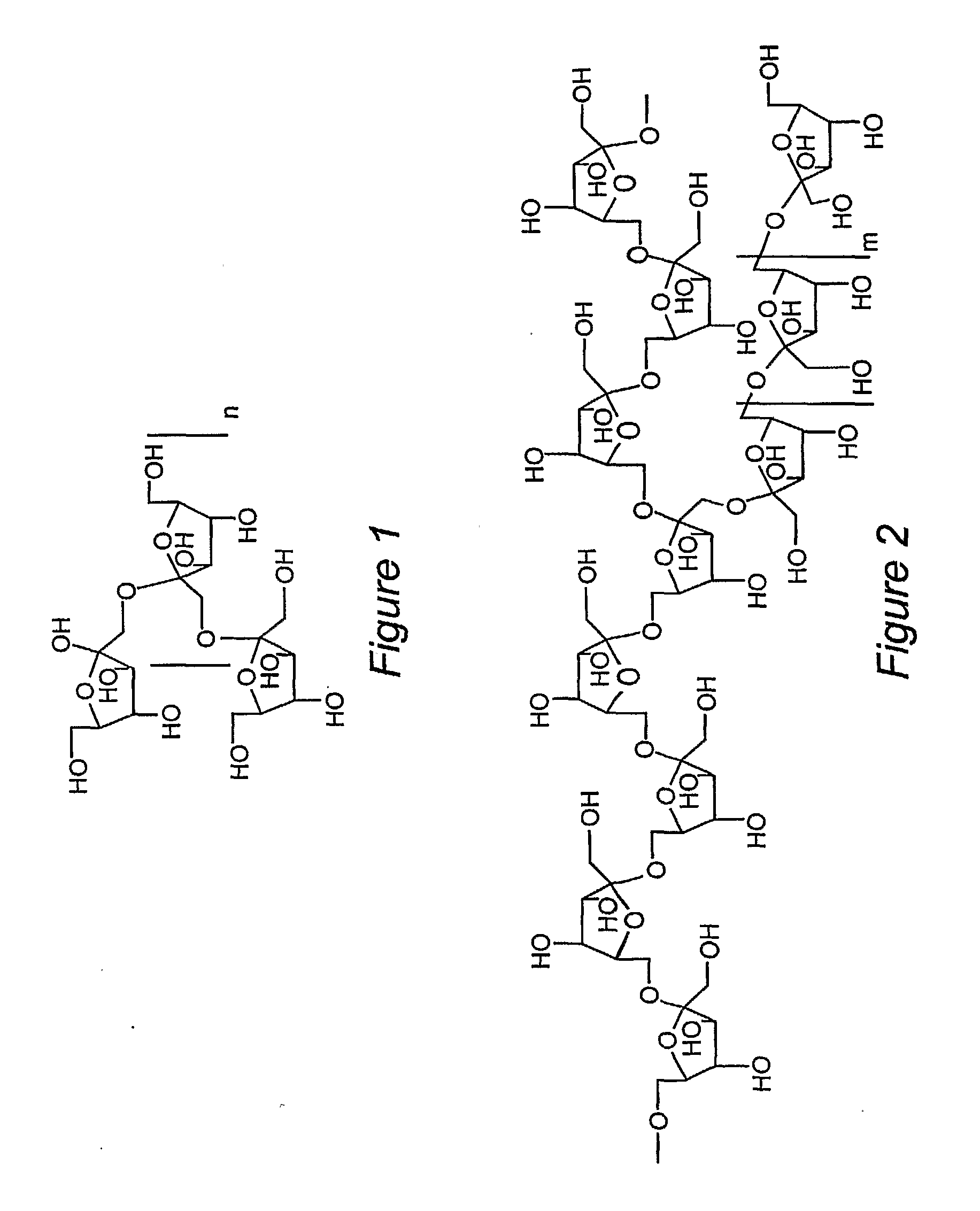Inulins, Levans, Fructans And Other Smaller-Than-Cellulose Termite Feeding Attractants, And Termite
a technology of fructans and termites, applied in the field of subterranean termites, can solve the problems of large amounts of dilute pesticide applied, the habit of termites consuming wood becomes a significant problem, and many homeowners are not comfortable with the invasive application methods of liquid treatment or the toxicity of chemicals being placed in their immediate living environment. , to achieve the effect of easy-to-digest material, easy-to-digest material, and easy-to-digest material
- Summary
- Abstract
- Description
- Claims
- Application Information
AI Technical Summary
Benefits of technology
Problems solved by technology
Method used
Image
Examples
example 1
[0050]Summary
[0051]Hexaflumuron is known as a pesticide used in some insect baits. An experiment was designed to determine if termite consumption of 0.5% hexaflumuron bait would be reduced in the presence of competing food resources. Hungry termites were given a choice between a diet of paper containing 0.5% hexaflumuron versus a diet containing no hexaflumuron. Because individual termites eat very little material, measurement of very small amounts of material would be needed. One of the most sensitive methods available for measuring such very small amounts of chemicals (molecules) is the use of radioisotopes (radioactive materials). The present inventors opted to use a radioactive form of hexaflumuron (a molecule labeled with radioactive carbon, 14C) for the 0.5% hexaflumuron diet.
[0052]The control (blank diet) was paper onto which was added a very small amount of radioactive inulin (tritiated, 3H). Inulin was selected for its similarities to cellulose and as a good marker for meas...
example 1a
[0103]The experimental results of Example 1 show that in choice test experiments, cellulose (paper) diets spiked with very low concentrations of inulin are significantly more attractive to termite workers compared to other diet sources tested. Inulin has been identified as useable as a termite attractant in termite baiting systems) have been further considered and analyzed in view of the following.
[0104]Only two major groups of organisms, namely, free-living fungi and the microorganisms contained in the digestive track of termites, possess the capability to degrade woody materials. Termite microbes require the anaerobic environment provided in their hindguts to digest the cellulosic lignin complex into smaller carbon units and nutrient molecules. The byproducts of wood digestion by termites consist of smaller units of cellulose and lignins. The subunits of termite-digested cellulose are composed of heteropolymers or heteropolysaccharides, which are β-1→4-linked cellulose units of va...
example 1b
[0105]The conclusions from the experimental results of Example 1 concerning Reticulitermes spp. termites may be extended to other termites as follows. There are several other subterranean termite species in the United States that are pests of human structures. These include but are not limited to the Formosan termite Coptotermes formosanus. This termite species lives primarily in the soil and exhibits similar foraging and wood consumption behavior to that of the Reticulitermes sp. However, the Formosan termite is known to have larger colonies and to be more voracious than the Reticulitermes sp. These characteristics make the Formosan termite an even better candidate for termite baits than the Reticulitermes sp. Bait efficacy is determined by the number of termites that are recruited to and consume the bait. Because Formosan termites have large colonies and consume large amounts of food, they are more likely to recruit to and consume significant amounts of a palatable bait. Thus, the...
PUM
 Login to View More
Login to View More Abstract
Description
Claims
Application Information
 Login to View More
Login to View More - R&D
- Intellectual Property
- Life Sciences
- Materials
- Tech Scout
- Unparalleled Data Quality
- Higher Quality Content
- 60% Fewer Hallucinations
Browse by: Latest US Patents, China's latest patents, Technical Efficacy Thesaurus, Application Domain, Technology Topic, Popular Technical Reports.
© 2025 PatSnap. All rights reserved.Legal|Privacy policy|Modern Slavery Act Transparency Statement|Sitemap|About US| Contact US: help@patsnap.com



